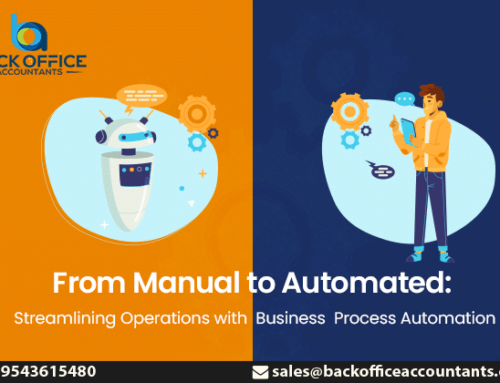No other accounting function is as ripe for fraud and financial discrepancies as Accounts Payable. Not just financial discrepancies, Accounts Payable is vulnerable to all kinds of damages when not managed and secured efficiently.
Accounting errors, inaccuracies, accounting bottlenecks, compliance risk, reputational damage, legal disputes, and spoilt vendor relationships—the list doesn’t end, as each of these problems causes a domino effect of issues.
Each problem that arises further increases the surface area of risk, leading to financial discrepancies.
Most businesses fall short of adequately securing Accounts Payable to ward off risks due to many factors, but the most common among them is having an inefficient AP Risk Assessment, which is central to mitigating financial fraud in AP. In this blog, we briefly talk about risk assessment and how it is performed. Then, we look at other essential strategies for mitigating the AP fraud risk. Read on:
What is AP Risk Assessment? How is it performed?
AP risk assessment evaluates the risks at every step of the Accounts Payable process. This process identifies, evaluates, and prioritizes risks in the AP process to reduce risk, improve accuracy and compliance, and protect financial assets.
The AP risk assessment usually involves:
Understanding the AP Process: “The AP accounting expert first needs to understand the entire AP process thoroughly to get a clear picture—from the receipt to the payment,” says one of our Accounts Payable Experts at Backofficeaccountants.com
Identifying the Risk in Each Step of the Process: At Back Office Accounts, our team of AP experts brainstorms together to identify and evaluate the risks at each step of the process. This involves examining common risks, schemes of fraud, and potential opportunities for fraud.
Evaluate the Impact of Each Risk: List the risks based on their likelihood of occurrence, then calibrate each risk according to its impact on a particular type of AP process. This evaluation and assessment serve as the basis for crafting internal controls, which is the next step.
Implementation of Internal Controls: With the foundation laid in the step above, the available accounting software and tools conceptualize, design, and implement appropriate internal controls.
Regular Review and Monitoring: The AP risk assessment is a continuous process regularly monitored with periodic reviews. This step helps ensure that the controls effectively identify and mitigate the risks properly.
Due to lacking resources or expertise, the AP risk assessment is not thoroughly carried out in many businesses, often leading to financial risk and discrepancies. If you are a business that lacks a standard AP risk assessment process, you can seek help from our AP experts at Back Office Accountants. As a trusted remote accounting firm, we have been helping businesses across various sectors manage their Accounts Payable process to ensure risk-free and seamless payable management.
If you have an AP risk assessment in place but still are finding it difficult to control the fraud, then the below strategies can help mitigate the financial fraud:
Strengthen the Internal Controls:
Assigning different lines of work to different employees, obtaining dual approval in case of large payments, and frequently reconciling bank statements with AP records are some steps that can strengthen the internal controls further.
Automate AP to Reduce Errors and Improve Audit:
AP automation can significantly reduce errors by automating data entry, routing, approval, and payment processing. This automation streamlines processes and improves employee productivity, which further enhances the AP process.
Set Clear Terms and Controls:
Set clear payment terms for vendors prone to disputes. This control helps eliminate process bottlenecks. In addition, utilizing a three-way matching process and leveraging a purchase order system may further tighten the controls in AP.
Perform Regular Reviews of the AP Records:
When thoroughly reviewed, the records and systems usually reveal weaknesses and loopholes in the established controls and systems. Regular reviews of the AP system and process identify these alarming trends.
Train and Educate the AP Resources:
Whether it’s AP automation software or AP risk assessment policies, teams must train resources in these standards to identify risks proactively
If your business lacks the bandwidth to set and implement these standards, hiring a remote accounting firm can save you time, effort, and money, allowing you to focus on more productive tasks. If you are looking for a remote accounting firm to help you improve your risk controls, you can contact us at Back Office Accountants.







